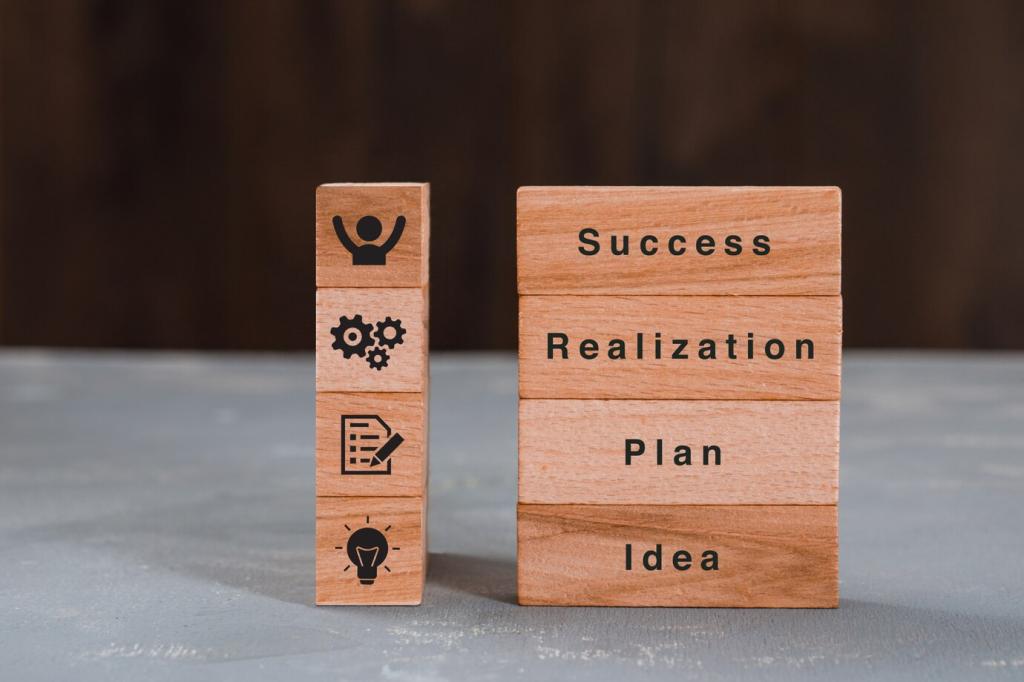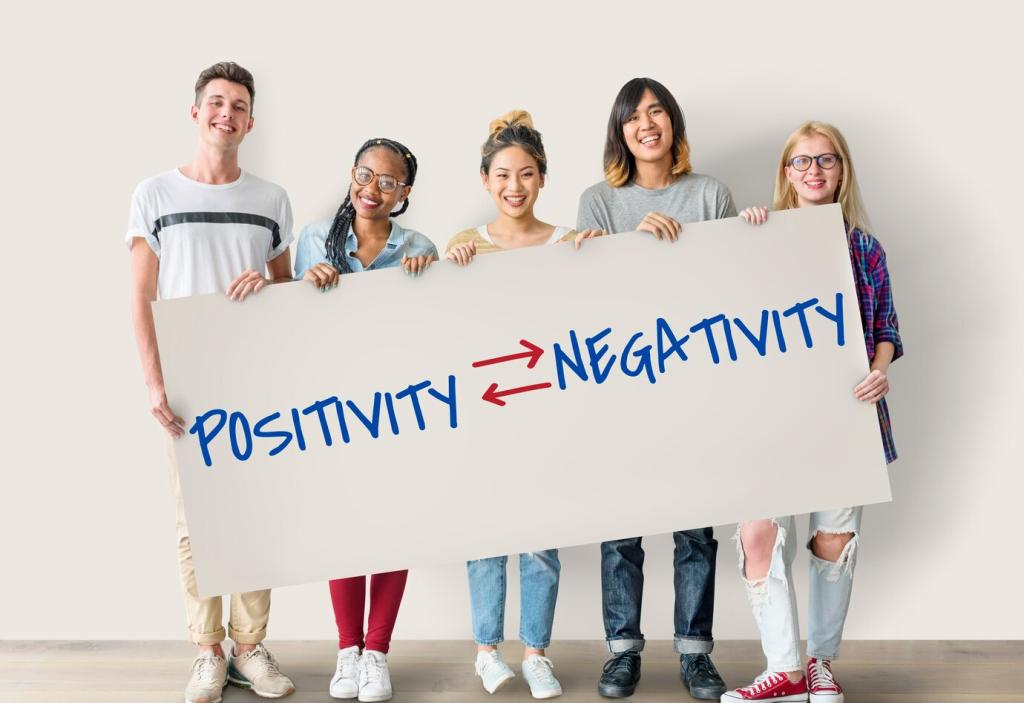Building a Team Culture That Embraces Smart Risk
Confidence spreads when people feel safe to surface concerns. Pair that with guardrails: budgets, time limits, and review points. The message becomes simple—experiment boldly, but respect the edges that keep us safe.
Building a Team Culture That Embraces Smart Risk
Adopt a rhythm: hypothesis, small test, result, decision. Celebrate learning, not just wins. When experiments are routine and lightweight, team members take initiative and own outcomes with growing, shared confidence.
Building a Team Culture That Embraces Smart Risk
After surprises, capture timelines, decisions, and signals missed. Assign specific changes and deadlines. Confidence rises when people know mistakes lead to system improvements rather than quiet fear and finger‑pointing.
Building a Team Culture That Embraces Smart Risk
Lorem ipsum dolor sit amet, consectetur adipiscing elit. Ut elit tellus, luctus nec ullamcorper mattis, pulvinar dapibus leo.








